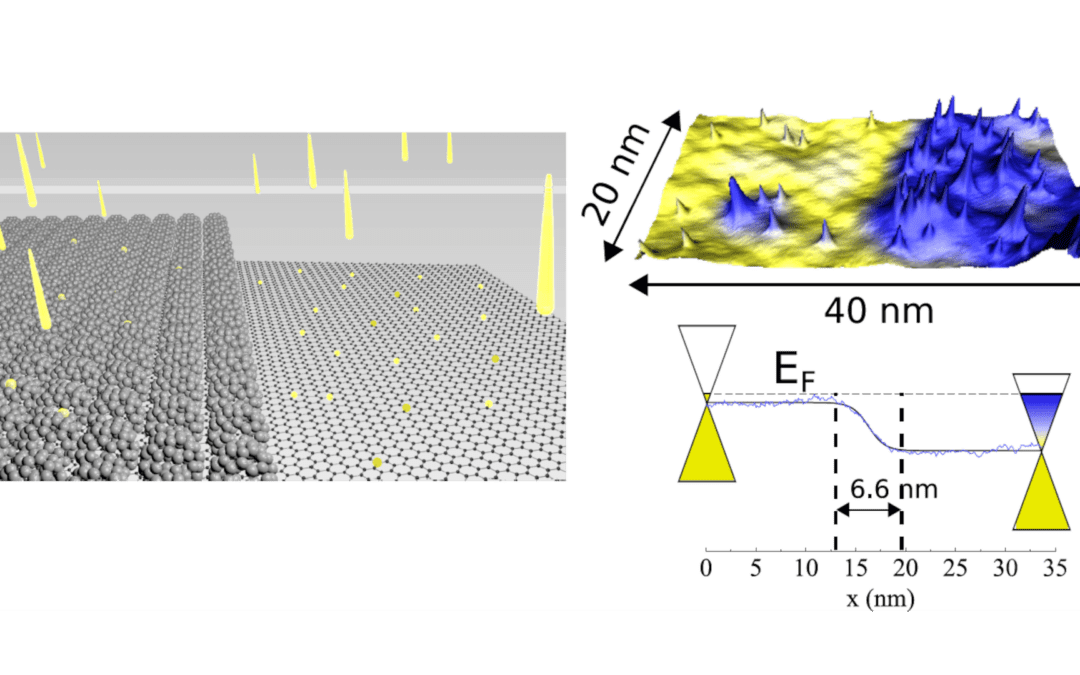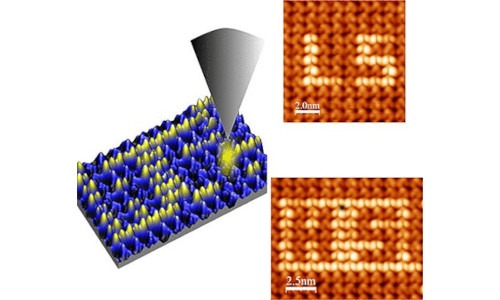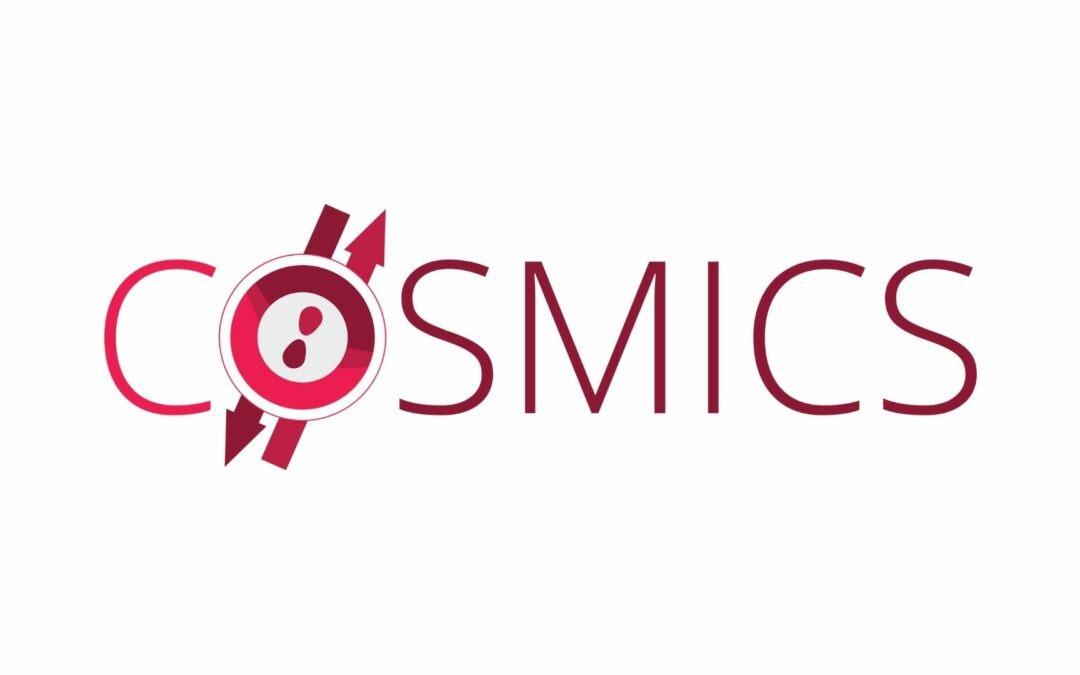The manipulation of an atom and a molecule using a scanning tunneling microscope has enabled the construction of a nano-object with modifiable electronic and mechanical properties based on the position of the atom within the molecule.
The goal of nanotechnology is to explore, understand, and control matter at the atomic scale in order to design and manufacture nano-objects with various functionalities. As a result, increasingly complex molecules are being synthesized to exhibit specific functionalities when deposited on a surface. A recent breakthrough in this field has been achieved by constructing a simple system through atomic manipulation using a scanning tunneling microscope (STM), where the electroaffinity and motility of the system can be modulated at will. Electroaffinity is an electronic property that controls several important attributes of a molecule, such as its chemical reactivity, electrical resistance, electrochemical potential, etc. Motility, which refers to a molecule’s ability to move on a surface under the influence of external energy input, is a particularly crucial mechanical property for the development of molecular motors and machines.
In this study, researchers from the Laboratory of Materials and Quantum Phenomena (CNRS/Université Paris Diderot) and the Condensed Matter Physics Service (CNRS/CEA, Saclay) utilized a porphyrin molecule and a gold atom deposited on a gold (111) surface cooled to -269°C. Porphyrin, as shown in Figure 1, is a molecule composed of two types of carbon cycles (phenyls and pyrroles) and a central macrocycle carrying two hydrogen atoms. The tip of an STM is used either to prepare the system by pushing the molecule on the surface or to measure its properties and actuate it using the tunneling electron current. Therefore, positioning a phenyl or pyrrole cycle on a gold atom modifies the molecule’s electroaffinity through charge transfer from the surface to the molecule. An additional manipulation step allows the gold atom to be brought to the center of the molecule and removes a hydrogen atom, resulting in a structure capable of rotating under the influence of a tunneling current. This yields a molecular rotor with the gold atom as the axis of rotation (see Figure 2). The structure of this rotor was identified by comparison with theoretical calculations, which highlighted the dehydrogenation of the molecule (see Figure 1). Finally, a subsequent manipulation step fully dehydrogenates the molecule and leads to a structure capable of moving on the gold surface under the influence of the electric field created by the tip—a molecular mobile.
This work demonstrates the ability to intentionally modulate the electronic and mechanical properties of a simple nano-object, such as a single molecule, in order to exploit different functionalities, thus achieving a true molecular Swiss Army knife.

STM (conductance) image of a 2.8 nm-side molecular rotor constructed by inserting a gold atom at the center of a porphyrin molecule. The calculated molecular structure has been superimposed onto the image.
Contact :
jerome.lagoute@univ-paris-diderot.fr
Référence :
Tuning the electronic and dynamical properties of a molecule by atom trapping chemistry, V. D. Pham, V. Repain, C. Chacon, A. Bellec, Y. Girard, S. Rousset, E. Abad, Y. J. Dappe, A. Smogunov, and J. Lagoute, ACS Nano (2017) DOI : 10.1021/acsnano.7b05235
À lire aussi

Pint of Science
Several of our researchers are participating in the Pint of Science festival, which is celebrating its 10th anniversary this year. It is one of the largest science festivals in the world. Until May 24th, researchers and the general public come together over a drink in...

Revealing the electronic profile of a p-n junction in doped graphene.
Graphene, composed of a single layer of carbon atoms, possesses unique and promising physical properties in various fields, particularly in electronics. Figure :Diagram (left) representing a cluster of C60 molecules used as a mask to protect graphene during doping by...

Addressing a molecule with a unique spin transition in a 2D lattice
Spin-transition molecules exhibiting bistability are particularly interesting for the development of innovative electronic and spintronic devices, as they exhibit two spin states that can be controlled by external stimuli. Figure:a) Diagram of voltage pulse...

Molecular spintronics: a short movie
The European FET-OPEN COSMICS project, of which the MPQ laboratory (resp. Amandine Bellec) is one of the 6 partners, has developed a short movie presenting molecular spintronics and the challenges of the project. The project is based on a collaboration between...
